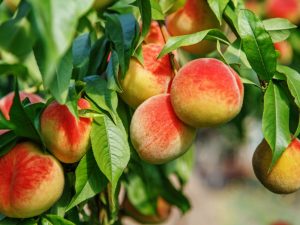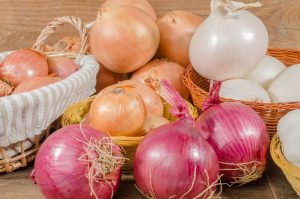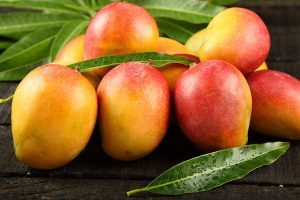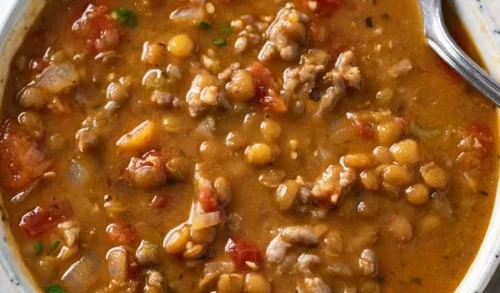The U.S. Department of Agriculture has issued the result of extensive testing for pesticides in foods. According to the report, only 0.01% of all that pesticide being sprayed in fields are getting to the bugs. That means numerous national and international government agencies are acknowledging the connection between health problems and pesticides on foods. These include nervous system toxicity, cancer, irritation of skin, eyes and lungs, and hormone system effects.
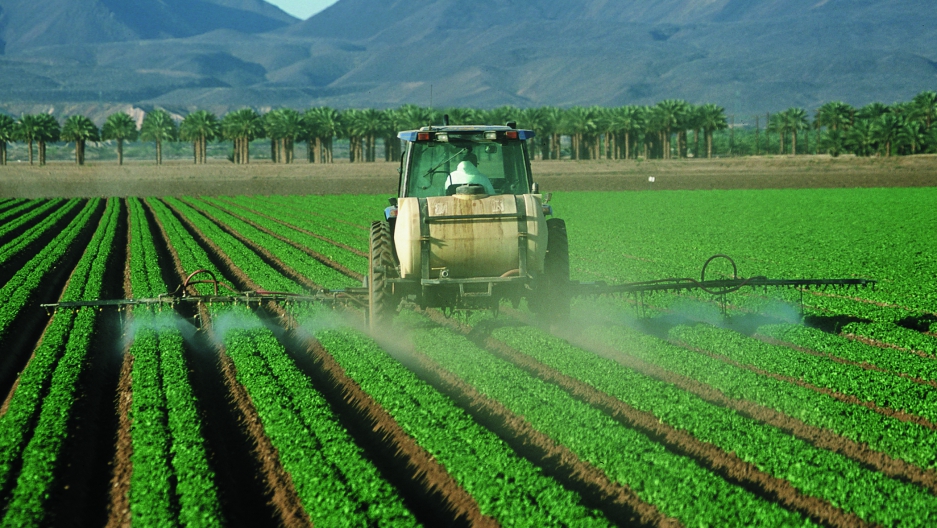
Other studies are showing a link between Attention Deficit and Hyperactivity Disorder and concentrations of pesticides in our food. That makes the appeal of organically grown food, raised without the use of pesticides, even more attractive. But finding organic food, and being able to afford it, are big problems for lots of Americans.
So, if you can’t always get organic fruits and vegetables, which conventional ones are okay and which should you avoid? The Environmental Working Group has put together a ranked list of the 49 most purchased produce items, based on laboratory tests conducted by the US Department Of Agriculture Pesticide Testing Program. I won’t go into the whole list, but here are the best and the worst foods on the list.
First the worst.
Celery. Celery ranks worst when it comes to pesticide contamination. 95% of celery tested contained pesticides, and 85% contained multiple pesticides. A single celery had 13 different chemicals on it, while 67 different pesticides were used on the entire group of celery.
Peaches. Rated 2nd worst, 96% of peaches were positively tested for pesticides. 86% had residue of two or more pesticides. A single peach was tested with 9 different pesticides, while 67 total chemicals were found across the board for peaches.
Strawberries. Strawberries come in 3rd place for most contaminated produce, with 13 different chemicals found on a single sample. Among all the strawberries tested, 53 different pesticides were discovered.
Apples. Fourth worst, Apples were found to contain pesticides 93.6% of the time. They were contaminated with two or more pesticides 82.3% of the time. 47 different pesticides were found to be used on all the apples, while a single one tested for 9 different chemicals.
Blueberries. Ow! This one hurts because I love blueberries. Domestic blueberries are the 5th worst produce, actually ranking more than 10 spots below imported blueberries. A single blueberry was found to have residue from as many as 13 different chemicals.
Now the best.
Onions. Humble onions rank #1 out of the 49 most popular vegetables. 90% or more of the onions tested has no detectable pesticides, and not a single onion tested for multiple pesticides.
Avocados. Good news for guacamole lovers. Avocados rank 2nd, with less than 10% tested having any pesticide residue, and less than 1% having multiple pesticides.
Sweet Corn. Frozen sweet corn is the third-best produce to consume to minimize pesticide intake. Over 90% of the frozen sweet corn tested did not have any detectable pesticides.
Pineapples. Another favorite, thankfully. Pineapples are 4th best. More than 90% were free of pesticides, and less than 1% had multiple pesticides.
Mangoes. This one is relatively unfamiliar with many Americans, but now they have a reason to give them a try. Subtropical and tropical mangoes are the 5th best produce for clean eating. Like avocados and pineapples, less than 10% of the mangoes sampled had detectable pesticides, and less than 1% had multiple chemicals.
Sadly, so many of us know so little about our food and where it comes from. We know next to nothing about how and where it grows, and that’s exactly the way the big food companies like it. This is why I’m such a big supporter of small growers and farmers’ markets. While most pesticides remain on the outside of the food and should be removable by washing the food, many people don’t wash their fruits and vegetables enough. And sometimes, simple rinsing under cold water is not enough. But the ability of so-called produce cleaners to fully remove all contaminants is unproven. Also, I find it hard to believe that at least a few of those poisons don’t get into the plant. But the evidence does not show this is a problem.
The lesson? Wash your food thoroughly before eating, always.
